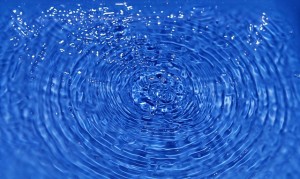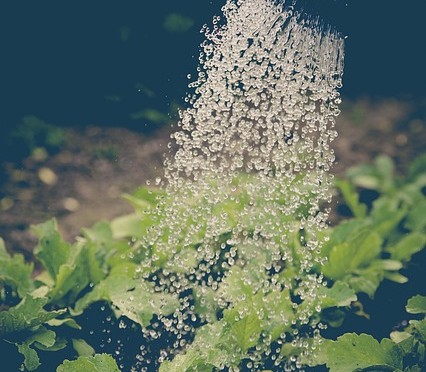 How is it that the ancient practice of rainwater harvesting is just catching on as a hot commodity to make and save money in commercial and residential worlds?
How is it that the ancient practice of rainwater harvesting is just catching on as a hot commodity to make and save money in commercial and residential worlds?
Businesses around the US are learning that in some areas, government is requiring better management of stormwater runoff, which necessitates the development of rainwater use across industries. Not just for drinking, captured rainwater can be used to toilet flushing and even to cool equipment.
At the recent ARCSA annual conference, held in drought-afflicted California, folks with an interest in rainwater harvesting gathered to learn how and why this ancient practice has moved from niche to mainstream. In the clip below, with excerpts from the ARCSA conference, CNBC’s Jane Wells talks about the business of capturing rainwater in California.
So, whether you’re a do-it-yourself kind of person and are seeking products, a Seattle homeowner in a small space wanting to design and install a residential system for lawn watering and laundry, or a commercial business in search of a steel tank to mitigate stormwater runoff, there’s a rainwater solution that can save the environment while saving you money down the road.
As this ancient practice becomes more and more popular, be sure to know your professionals and visit the ARCSA resource guide to ensure your rainwater system is designed and built to the highest industry standards.



 The Rainwater collection industry is rapidly becoming more accepted, consumers are becoming more aware of water shortages, quality of water, and increasing costs of operations of a centralized water system are being passed onto the customer. Many are turning to a supplementary source of water, whether from a simple rain barrel, for small irrigation needs or a large-scale sustainable system for whole-house demands. The industry itself is changing and becoming more complex. States and counties throughout the US are witnessing such a rapid growth in interest of rainwater collection, many are struggling with regulations and standards to ensure public safety. In addition, increased demand is beginning to outpace the supply of available, qualified RWC system designers and installers. Without proper regulations standards, improper designs and installations by unqualified persons can lead to underperforming or even dangerous systems.
The Rainwater collection industry is rapidly becoming more accepted, consumers are becoming more aware of water shortages, quality of water, and increasing costs of operations of a centralized water system are being passed onto the customer. Many are turning to a supplementary source of water, whether from a simple rain barrel, for small irrigation needs or a large-scale sustainable system for whole-house demands. The industry itself is changing and becoming more complex. States and counties throughout the US are witnessing such a rapid growth in interest of rainwater collection, many are struggling with regulations and standards to ensure public safety. In addition, increased demand is beginning to outpace the supply of available, qualified RWC system designers and installers. Without proper regulations standards, improper designs and installations by unqualified persons can lead to underperforming or even dangerous systems.
 The
The